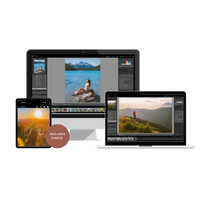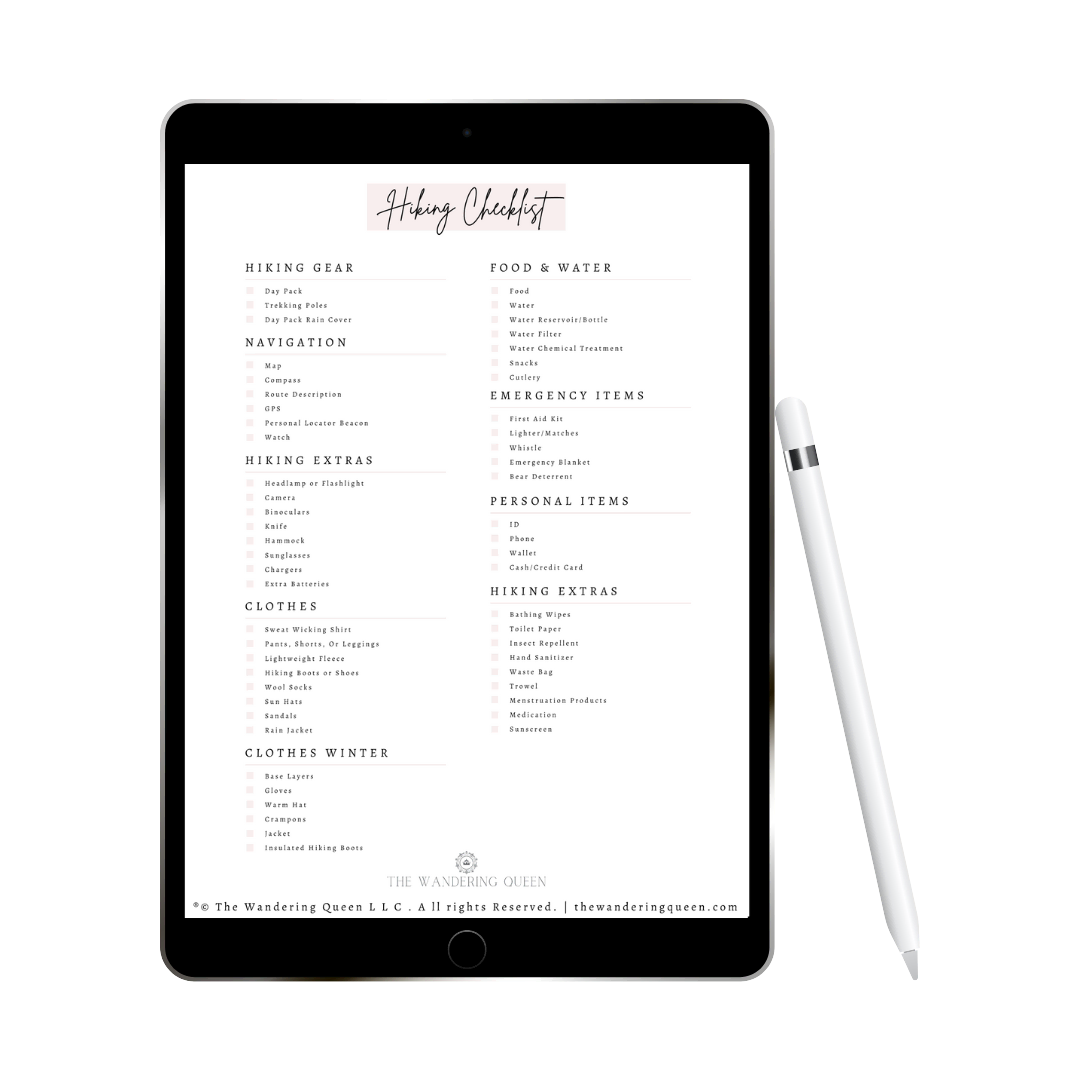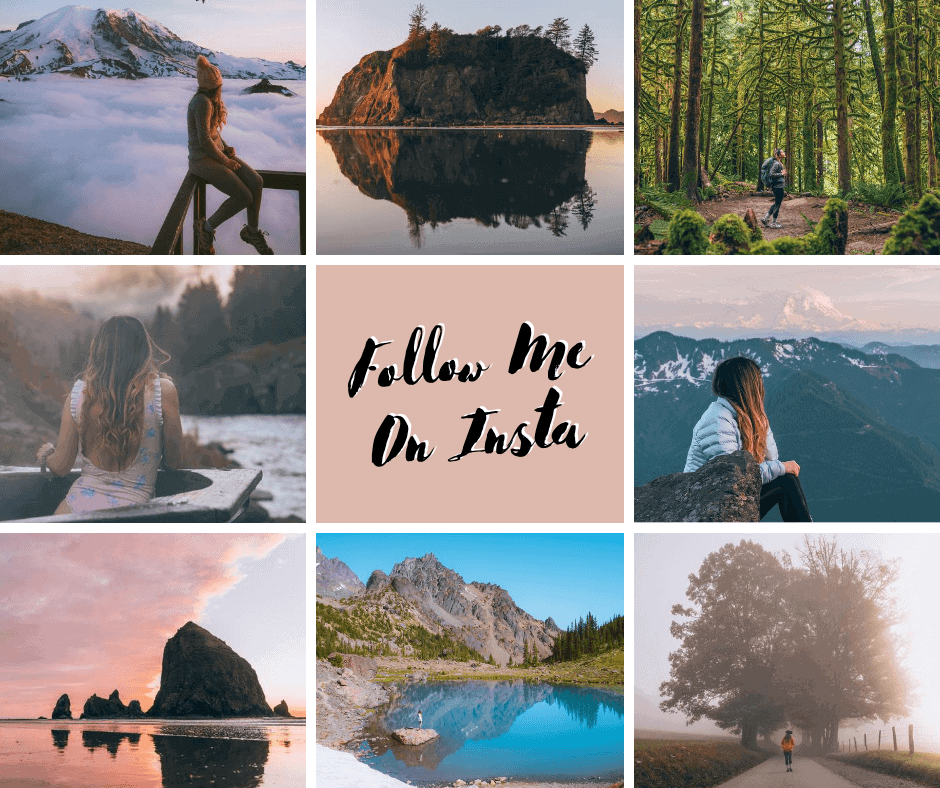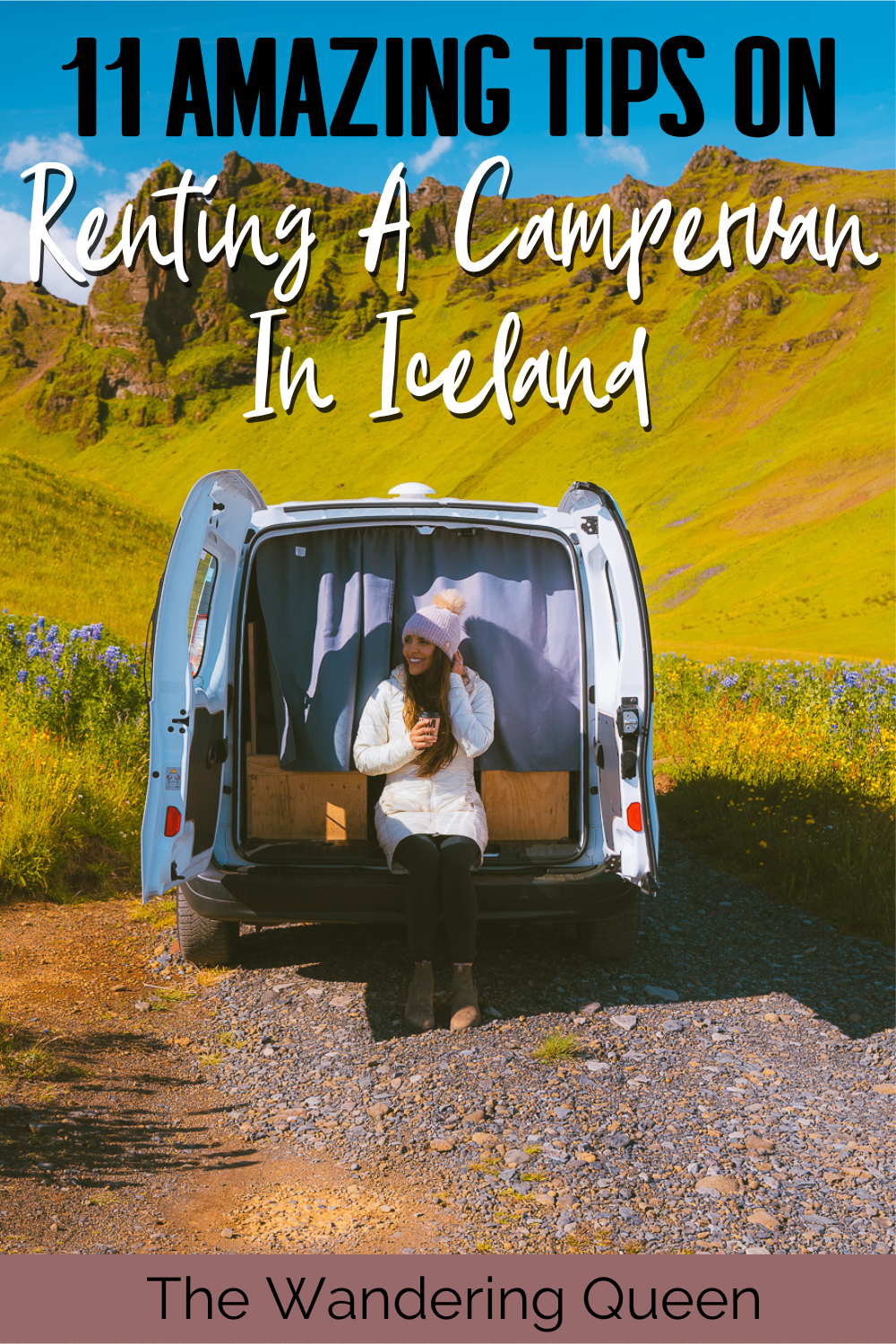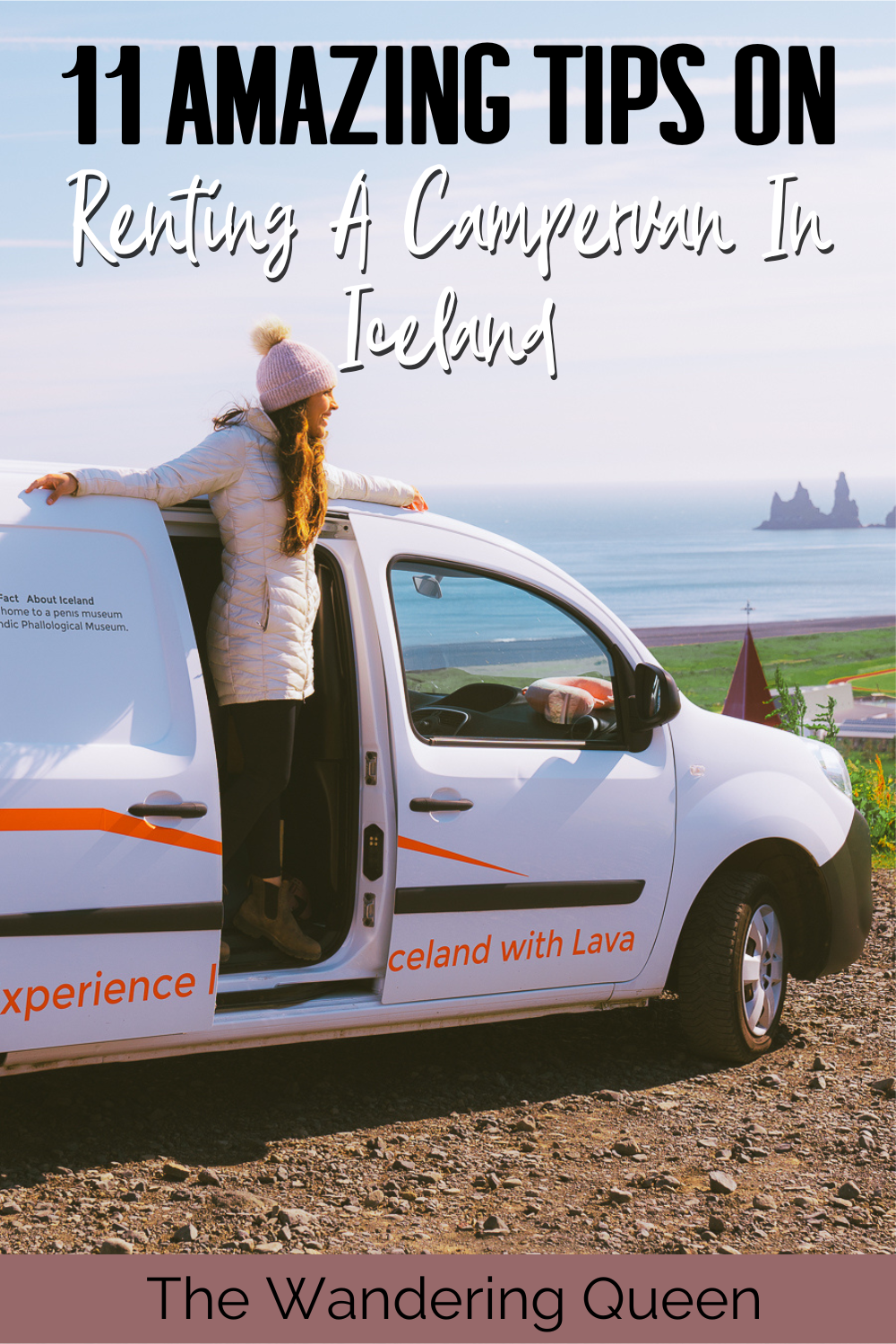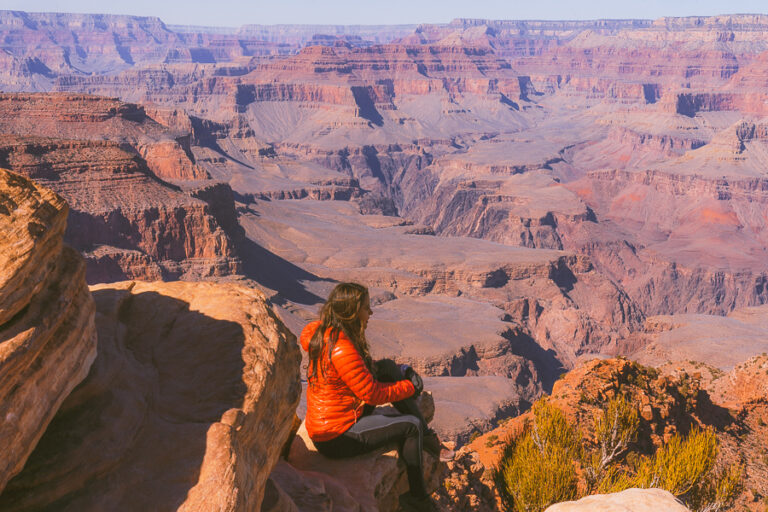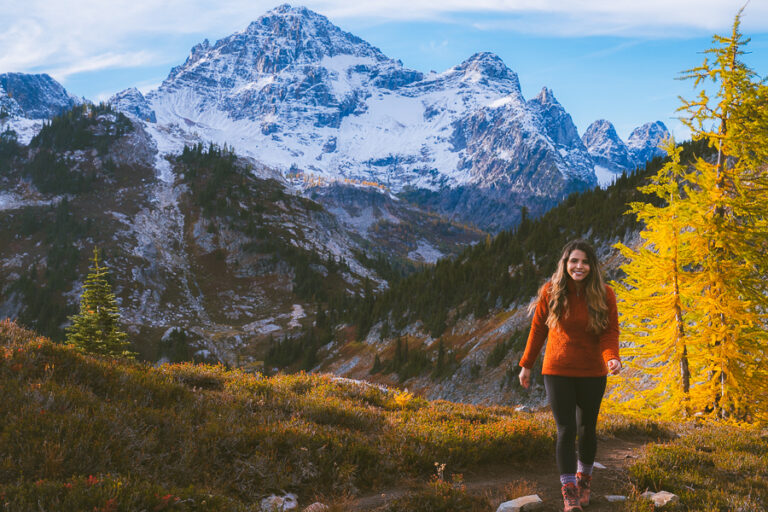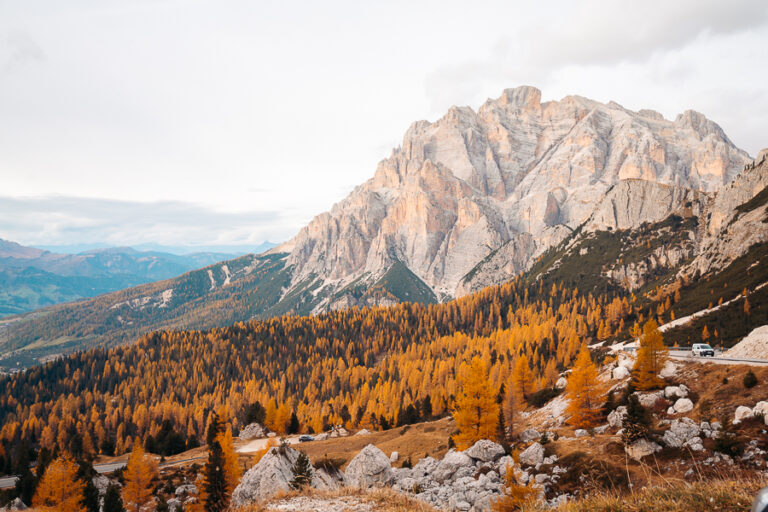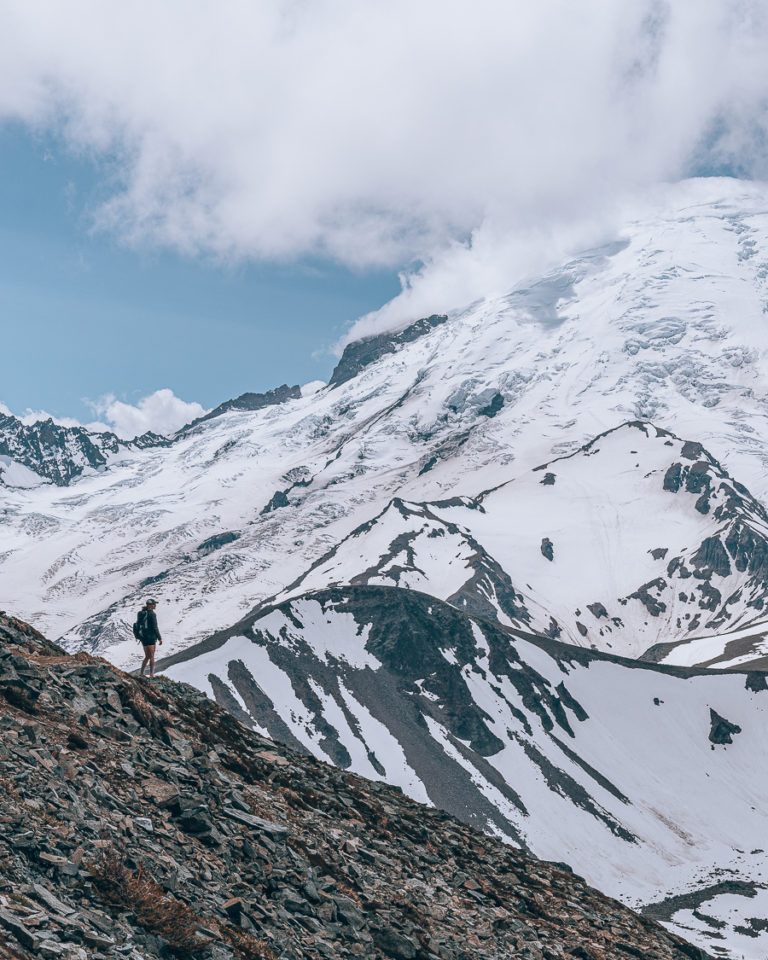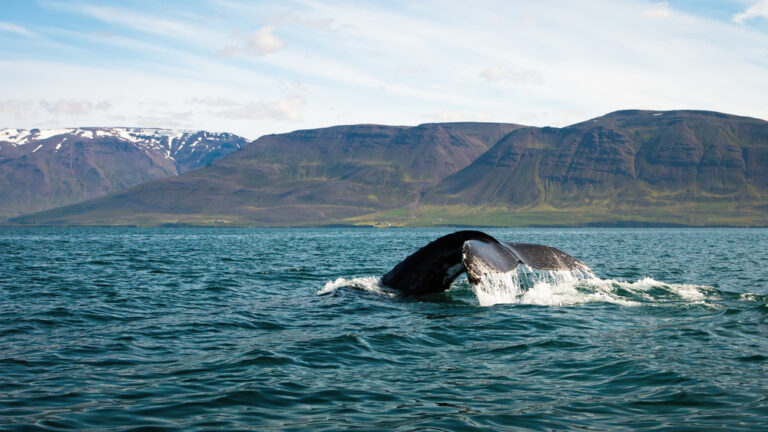11+ Tips on Renting a Campervan in Iceland
Thinking of exploring Iceland in a camper van? Seeing this stunning country on a road trip is an unmissable experience that’s sure to imprint itself into your memories.
With its verdant hills, breathtaking waterfalls, glaciers, volcanoes, wildlife, and so much more, there’s simply no reason not to visit the land of fire and ice. It’s a nature lover’s dream and the perfect destination for any landscape photographer.
And with all that beauty out there, it would be a shame to base yourself in one or two hotels for the duration of your stay. There’s simply too much to see across the entire island! That’s where campervans come in handy. They’re your on-the-go solution to seeing Iceland without breaking your budget.
So tie up your favorite hiking boots, and let’s get planning for your Iceland camper rental vacation. This guide will take you through everything you need to know for an effortless getaway.
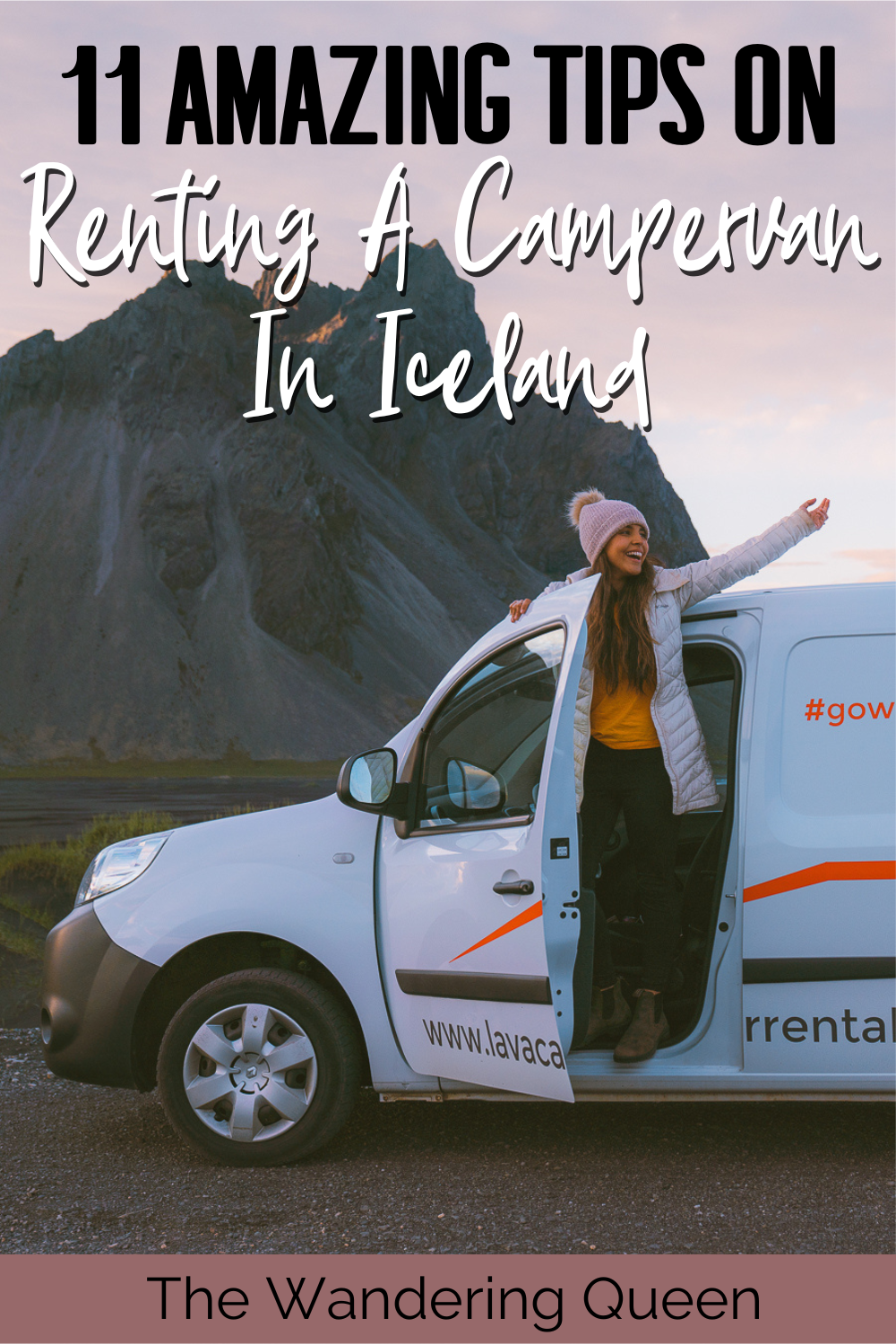
Disclosure: This post contains affiliate links. If you click one of them, I may receive a small commission (for which I am very grateful for) at no extra cost to you.
Iceland
Related Posts
You Can Save Money Using A Campervan (Among Other Benefits)
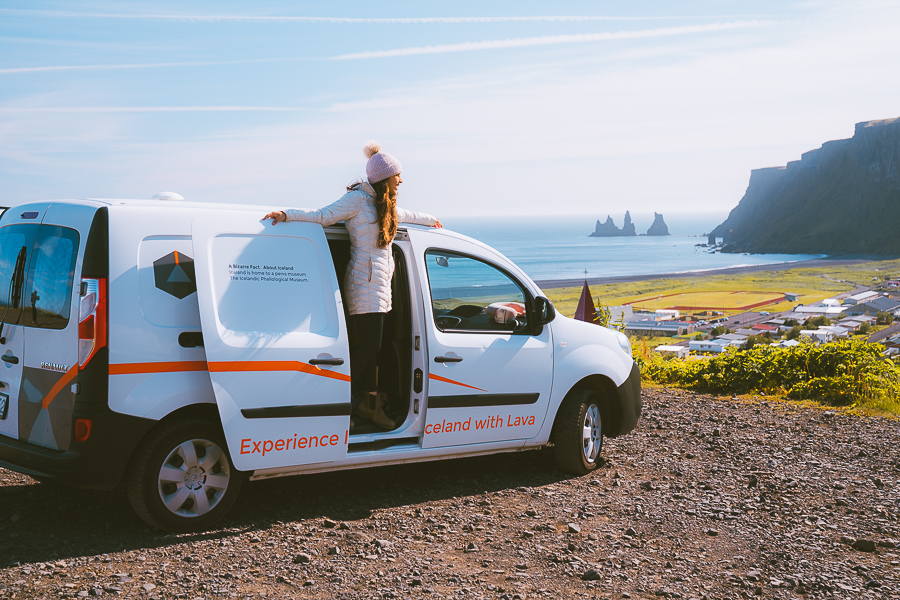
If you’re still unsure whether you should opt for a camper van rental in Iceland, consider the many benefits of this option. When renting a campervan, you’re combining your accommodation and travel costs — perhaps even your food expenses into one.
Campervan rentals in Iceland start around $100 per day, while hotels and rental homes can easily cost way upwards of $100 per night. If you’re hopping between hotels, you’d have to pay for a car rental or other means of transport to move between accommodations as you road-trip through Iceland. This, along with fuel prices, can really hurt your pockets.
The other benefit of seeing Iceland with a campervan is that you won’t have to pack and unpack as you move through different accommodations. You’d simply have to unpack your items into the campervan on arrival and pack it up again at the end of your vacation.
Campervans are also ideal for really taking in the natural beauty Iceland has on offer. With glaciers, verdant hills, and rivers all around, who wouldn’t want to settle down in a grassy corner of this paradise?
You’ll also find that campervans offer a much more comfortable experience than traditional tent camping. Many campervans have advanced heating systems, cooking facilities, cutlery, and everything you need for a good night’s sleep. This means you can pack light and show up with almost all the necessities provided.
The final benefit of using a campervan while road-tripping through Iceland is the freedom it provides. There are plenty of camping sites set near villages along the Ring Road. So you can spend as little or as much time in a particular area of Iceland without having to worry about arriving at your pre-booked hotel in time. With Iceland campsites, you can show up anytime and book on the spot.
Tips Before Renting a Camper Van in Iceland
In order to find the best camper van option for your Icelandic vacation, there are a few things to consider beforehand. Have a look at these tips below.
Map Out Your Itinerary
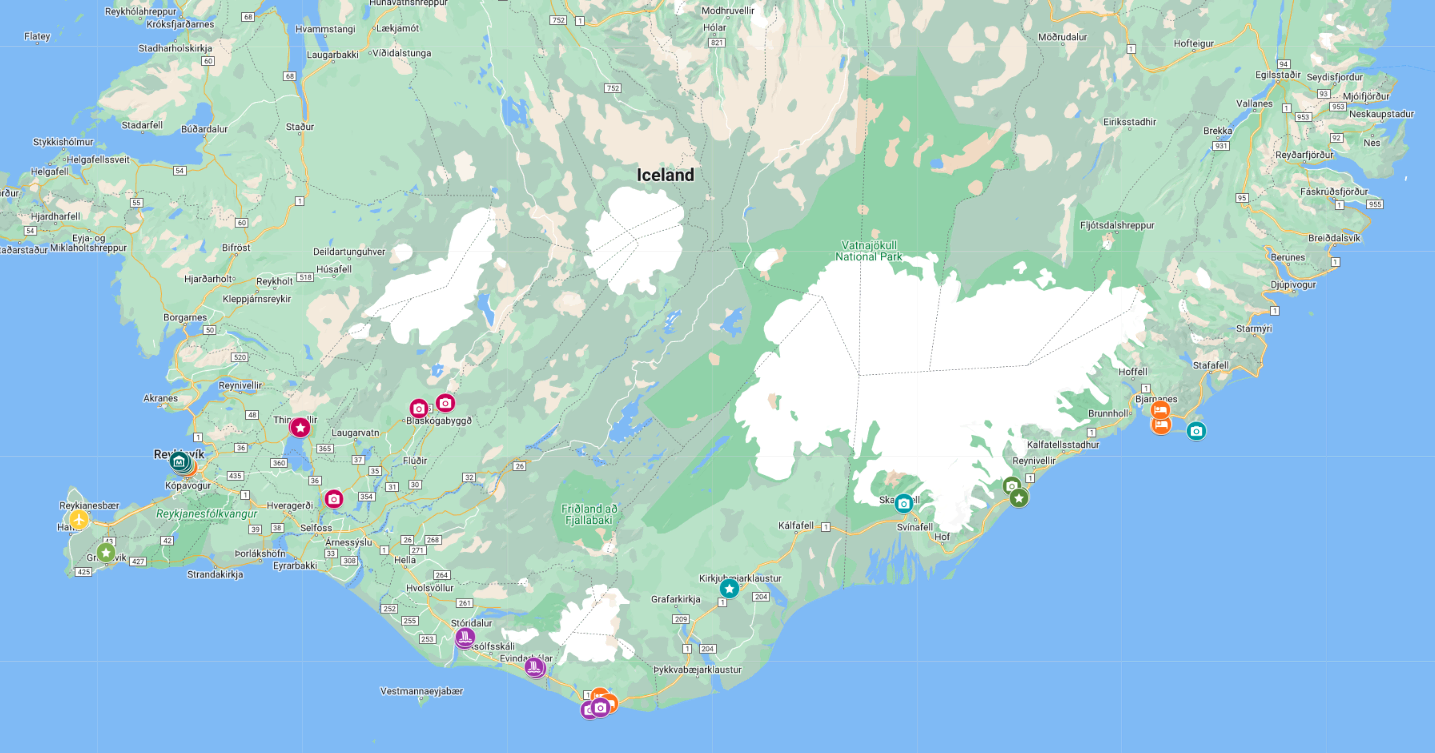
The most popular route in Iceland is the Ring Road. As the name suggests, it circumvents the Island of Iceland, covering just over 800 miles. The entire Ring Road takes about 16 total hours of driving to complete.
One of the most important things to do when preparing for a road-trip vacation in Iceland is to plan your itinerary ahead of time. Start with mapping out which sites you’d like to visit in Iceland, then have a look at the roads you’ll have to take. Are you staying on the Ring Road or heading into more off-road areas?
Knowing which roads you’ll be taking will help you determine which type of campervan to get (more on this later).
Once you’ve got a good sense of the roads you’ll be following, map out the campsites, gas stations, grocery stores, and emergency stops along your way. This will help you understand where you’ll need to stock up on more gas or food before heading into more isolated areas. You’ll also have the comfort of knowing where to go in case of an emergency.
Ideally, you’d need about ten days to explore Iceland and see the top sights. If you’re short on time, a seven-day Iceland itinerary will suffice, while two weeks will give you ample time to explore at leisure.
It’s important not to be too strict with your Iceland itinerary. While it may be tempting to pack your days full of activities and sights, this, along with traveling, can be extremely exhausting. Be sure to leave some free time between visiting attractions so you don’t feel rushed.
Pick a Reputable Campervan
Your campervan will be your mode of transport and your accommodation for the duration of your Iceland visit. So it’s essential that you choose a reputable campervan rental company that won’t let you down in cases of emergency.
While you can technically make an Iceland trip with a standard van, campervans are specifically made to accommodate your sleeping and traveling needs. And, in Iceland, one of your biggest needs will be a good heating system.
The family-owned Lava Car Rental, founded in 2016, is a great choice in this regard. Not only are their campervans kitted with a Webasto heating system, but they also include many other amenities to make your experience as comfortable as possible. They also provide unlimited mileage, theft protection, roadside assistance, and CDW Insurance on all their 2WD and 4×4 vehicles.
Best Time To Rent a Campervan
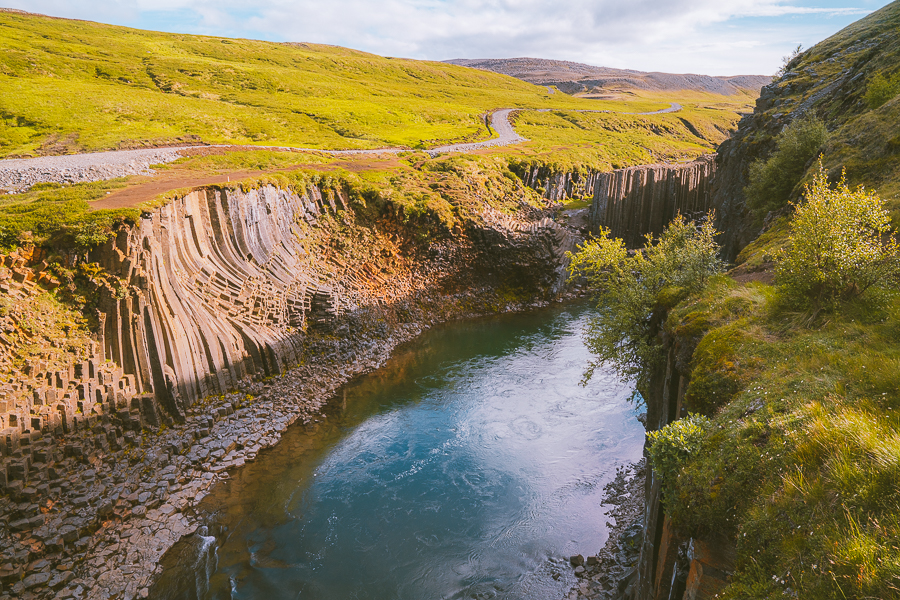
So when is the best time to rent a campervan in Iceland? The ideal time to visit would depend on your needs.
Summer
The most popular time for renting a camper van is during the summer months — between the end of June to around mid-September. At this time, the temperatures are a bit more bearable, you’ll get to enjoy the midnight sun, and most campsites are open.
Summer is also when you’ll spot Icelandic wildlife such as the cute Puffins, arctic foxes, and deer. This is also the best time to see sperm whales, blue whales, humpbacks, and orcas in Iceland.
But, there are some downsides to visiting during summer. As summer is the most popular time for campervan rentals among travelers and locals, prices go up. You’re also likely to encounter larger groups at the top sights and tours, as summer is the peak tourism season in Iceland.
You also won’t be able to see the Northern Lights in Iceland, as they usually only appear between September and March.
The Shoulder Season (Fall and Spring)
Going on a campervan excursion during the shoulder season is excellent if you’d like to save some money. As demand decreases, accommodations, tours, and rental vans may be slightly cheaper.
These seasons can be colder and wet, but you’ll get to save some money and avoid large crowds.
Download my free Outdoor Photography Guide
Winter
While camping among a blanket of snow may sound like an idyllic dream, it might not be the most practical time to rent a campervan. Winters are cold and snowy, and roads can be hazardous. You might have to drive over icy roads or make your way through the snow. And the last thing anyone wants is to get stuck in a snowstorm.
Some areas of Iceland, like Westfjords and the Highlands, are not accessible during winter, and many camping sites close during this season. While you might still be able to stop at these closed sites, you won’t have access to the facilities like hot showers and toilets.
Of course, the plus side of renting a camper van during winter in Iceland is that you’ll likely get a great view of the Northern Lights. And there are still plenty of fun activities in Iceland in winter. Prices also tend to drop during this time, as it’s the off-peak season for tourism.
When To Start Booking a Campervan
If you’re planning on renting a campervan during the high season (summer and festive holidays), you’ll want to book a few months ahead. You’ll be competing with locals and tourists for the ideal Iceland camper rental. So if you rent at the last minute, the rental companies may not have the right van for your needs — or you’ll have to pay a higher rental fee.
Manual vs. Automatic
Another reason to book your campervan as early as possible is that most campervan companies in Iceland offer manual transmission vehicles. Lava Car Rental has a few automatic options, but if you can only drive automatic, you’ll want to book ahead, as these can go fast. You may also need to pay slightly more to rent an automatic vehicle.
Manual transmission campervans may offer you more control over the vehicle. But automatic campervans make your drive more comfortable and effortless. So whichever one you choose will depend on preference and availability.
You Might Need a 4×4
One of the most important reasons to map out your itinerary is to get an idea of which roads you’ll use. Iceland’s Ring Road is a paved road that’s easy to navigate. If you’ll be staying on this road and paved roads in villages and towns, you’ll do just fine driving a 2WD campervan.
However, Iceland also has a few unpaved, gravel roads that can be steep or involve traversing water. These are usually unmaintained highland roads in remote Iceland areas. In these cases, you’ll need a 4×4 campervan, as two-wheel-drive vehicles are forbidden from entering F-roads.
You’re also strongly encouraged to opt for a 4×4 campervan during the shoulder season or winter. These seasons tend to see more rain and snow, making safe driving more challenging.
Do I Need an International Driver’s License?
You don’t need an International Driver’s License (IDL) to rent a campervan or drive it in Iceland. However, you do need a National Driver’s License, which needs to be more than a year old.
If your National Driver’s License is not in English, it may be good to consider getting an IDL for translation purposes. Icelandic officials may not always understand your national language.
Some rental companies may even require that you get an IDL if the language on your license is not in English or Roman script, so always double-check.
Rent the Van From the Airport
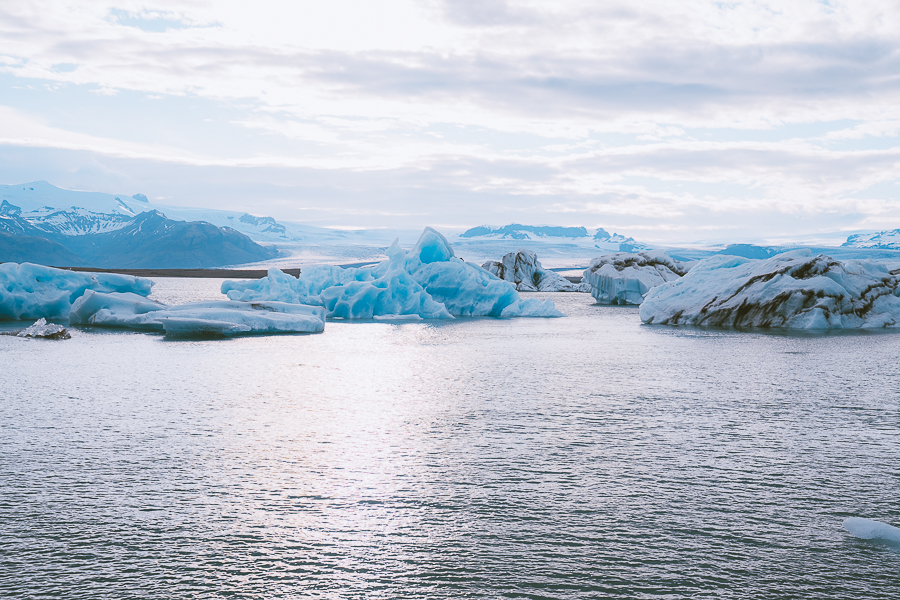
One of the greatest benefits of renting with Lava Car Rental is that they offer complimentary airport pickup and transfer to their offices about five minutes away. This means you won’t have to wait for a taxi and spend extra money on a short trip.
Lava Car Rental will request your flight number to pick you up on time at Keflavik International Airport. Pickups usually happen at parking lot P1.
When renting from a company near the airport, you also won’t have to worry about extra travel time to the airport after returning your van.
Inspect the Campervan
While you may be giddy to unpack and get going with your campervan rental, it’s essential that you inspect it beforehand. As it will be your home and transportation method for the next few days, you want to ensure that everything is up to standard.
Double-check that all included amenities mentioned in your rental description are present and that the vehicle, heating system, and gas stove are all in working condition.
This is also an excellent time to look out for any damages to paint, the body and interiors of the van, and the windows. Take note of these and mention them to your rental provider before heading out so that you’re not held liable for the damages.
Get Insurance
Your campervan rental will come with standard insurance to offer you peace of mind on your journey through Iceland. Lava Rental Company offers CDW insurance, theft protection, third-party liability cover, and a collision damage waiver up to a capped amount. The rental company also offers roadside assistance and breakdown services.
You can upgrade your insurance package with the rental company or add certain types of insurance. Gravel insurance is a must-have, as little pieces of flying gravel can cause significant damage to the van’s paint or windows.
You’ll also want to ensure that you have travel insurance to cover other travel-related risks. These include medical emergencies, stolen or damaged luggage, personal liability cover, and financial losses from cancellations due to having to cut your trip short.
If you’d prefer to use your own insurance through your credit card and opt out of the included campervan insurance, you may do so. But, you won’t be refunded for forfeiting the included insurance, so you may as well opt to keep it.
What Is Included With Your Iceland Campervan
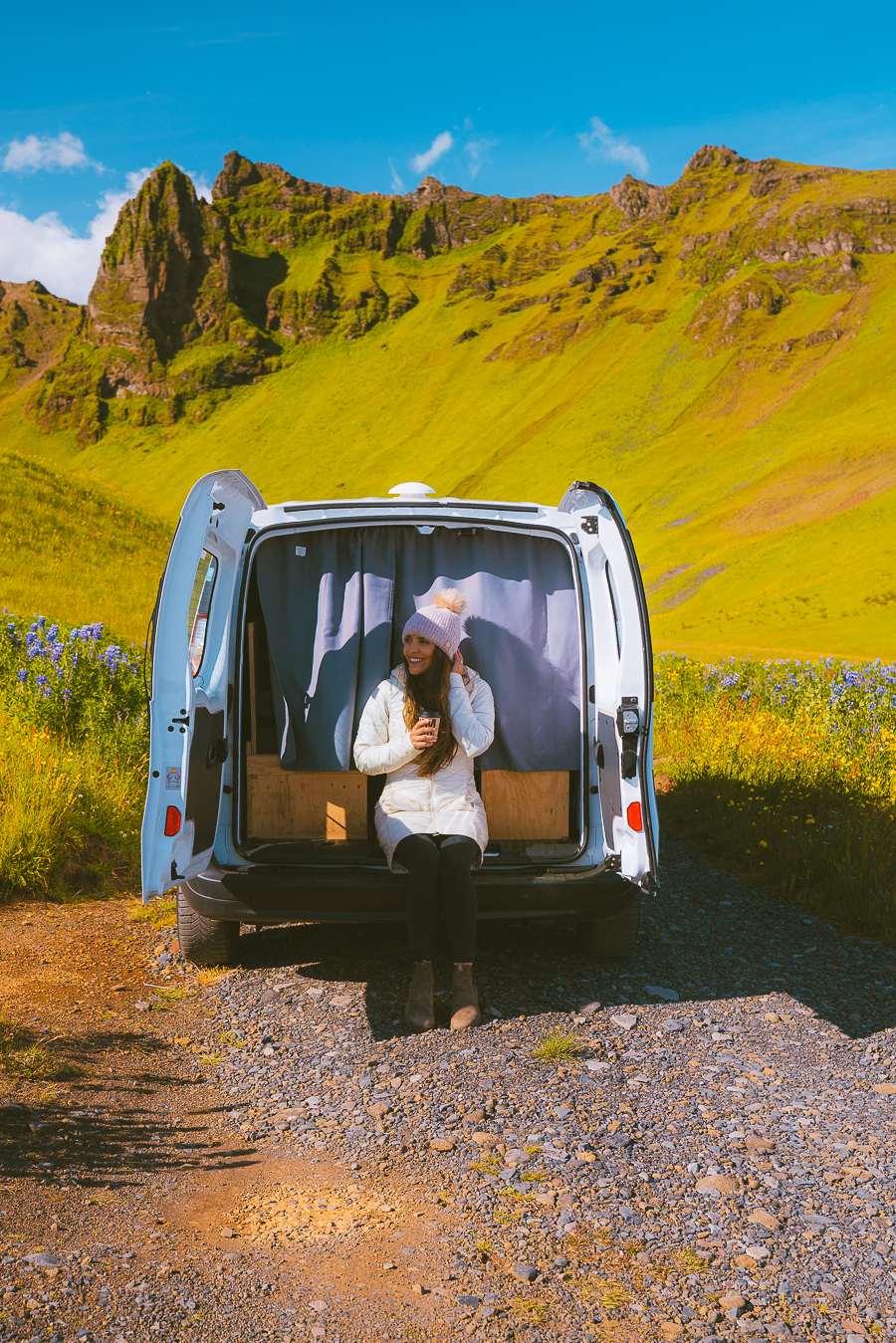
All 2WD and 4×4 vehicles at Lava Car Rental include the above-mentioned heating system and insurance. But they also include a range of amenities that’ll help you keep your luggage light and your costs down.
Vans include beds with mattresses, pillows, linens, and sleeping bags. You’ll also have a gas stove, pots, pans, cutlery, utensils, dishwashing equipment, and a foldable table and chairs to enjoy your meals on. Of course, you’ll want to keep certain produce cold, so you’ll be thankful to find an electric refrigerator or 28-liter cooler added to the mix.
If you’re traveling with a little one, you’ll also have the option to add a child seat and booster.

Tip: Campervans also have a 10-liter water tank, which you can fill up with tap water whenever you get the chance. Iceland has excellent potable water, so you won’t have to splurge on tons of bottled water on your Iceland trip.
What to Pack When Renting a Campervan
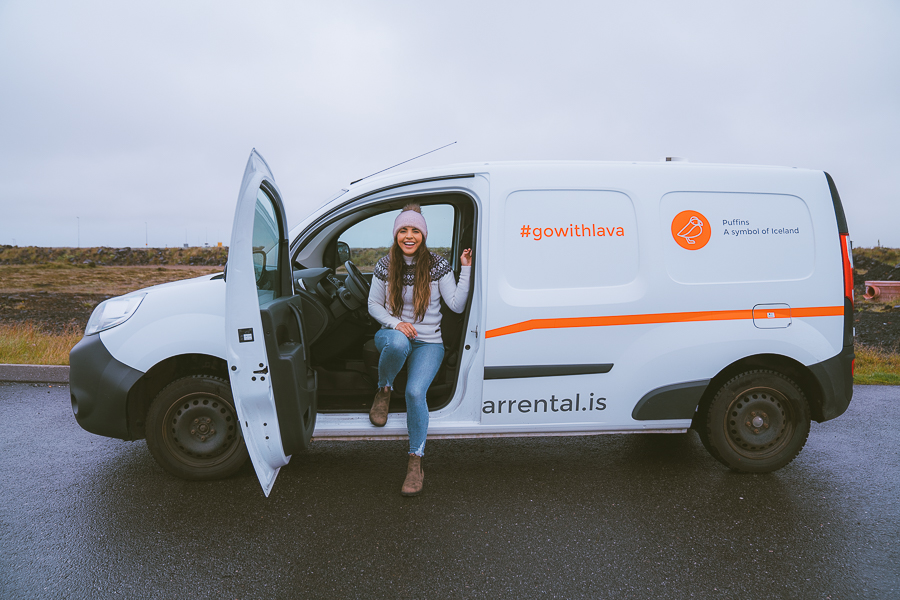
Now that you know what is included in your caravan, you may have a good idea of what not to pack. But what are the road-trip essentials for a campervan trip in Iceland?
First off, it’s important to note how much space you’ll have in your campervan. As you’ll be driving and sleeping in this van, there won’t be as much space as you’d expect.
Clothing
Your first priority should be proper clothing. There are a few essential things to wear in Iceland, as the weather is unpredictable and nights can get icy, even during summer. Below are some clothing must-haves:
- A water and windproof jacket
- Thermal clothing as base layers (so you can still rock your cute outfits without freezing)
- Waterproof hiking boots
- Hats, gloves, and a scarf
- Waterproof pants
- Swimsuit
Adventure Gear
You’ll also want to pack particular hiking and outdoor gear if you (hopefully) plan on hiking in Iceland. Have a look at this guide to the best winter hiking gear and clothes if you’re visiting Iceland in winter — or even the shoulder season.
If you’re an avid rock climber, kayaker, skier, etc., you may also want to bring your favorite gear along or identify rental shops before your trip.
Electronics
This goes without saying, but you’ll want to bring your favorite camera gear along. But, there are a few other electronic road trip essentials. These include:
- Earphones/ headphones
- Adaptors and extension cords
- Chargers for all devices (camera, laptop, cellphone, tablet, etc.)
- Power bank (can be lifesaving on hikes)
Hygiene
It can seem challenging to maintain proper hygiene while camping or backpacking, but it’s not impossible. You’ll have a water tank in the van which you can use to wash your hands, face, and intimate areas and brush your teeth. Remember to pack the following for your trip:
- Toothpaste and toothbrush
- Antiperspirant/ deodorant
- Wet wipes/ surface cleaning wipes
- Lip balm
- Sunscreen
- Insect repellant
- Hand sanitizer
Entertainment
Besides having a boppy playlist, consider bringing your favorite book or board game along. If an unexpected storm comes through, you may find yourself stuck inside for a few hours, and board games are a great way to pass the time.
Safety
Last but most importantly, you’ll want to pack an updated first aid kit — it may also be helpful to refresh your knowledge on basic first aid procedures.
Also, be sure to pack enough of any prescription medication for the duration of your trip.
Claim your FREE Hiking Checklist
Ready to start hiking? Grab my free hiking checklist and never forget anything at home!
11 Tips for Renting a Campervan in Iceland
Once you’ve found the perfect camper rental company and settled into your campervan, these tips below will help you along the way.
You Need to Find Campgrounds Legally
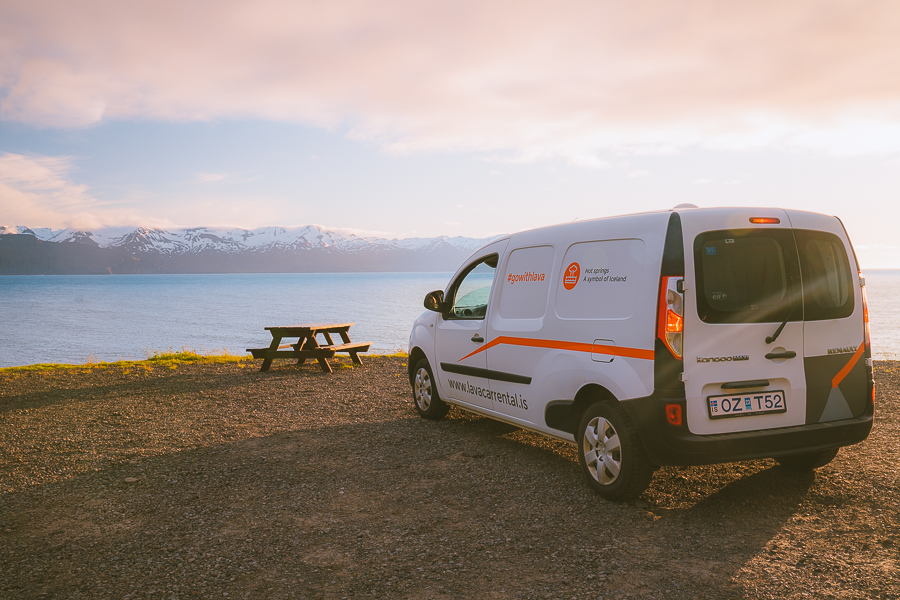
Wild camping is forbidden anywhere outside of designated campsites in Iceland. Luckily, there’s no lack of campsites in Iceland.
The camping spaces range from simple fields with minimal facilities to fancier sites with showers, restrooms, laundry spaces, and sometimes even electric hookups. You can expect to pay an average of around $10-$20 per person per night at these campsites.
You may also have to keep some spare change with you to use facilities like showers and toilets at certain campsites. Accessing these facilities can cost around $4 for a shower and about $8 for an electric hookup. This may sound a bit hefty, but it’s not nearly as much as you’d pay for hotel accommodation.
During the summer, you can expect almost all camping sites to be open. But, if you’re visiting in the shoulder season or during winter, you may need to do extra planning, as many sites close during this time.
Have the Right Credit Card
Most rental companies require a valid credit card with a high limit to book your campervan. Usually, the company will test your card limit by reserving (but not taking) a certain amount. This is to make sure that you’ll be able to cover any fees in case of liability. Because of this procedure, you can’t pay with a debit card.
Acceptable credit cards include HCC, American Express, Visa, and Mastercard — you can also use your travel credit card to be safe. Certain gas stations may not accept your credit card, as some may require a pin. So it’s a good idea to carry some cash with you too.
Certain camping sites also don’t offer the option to pay by card, so you’ll need to have some cash at hand.
Make a Budget for Gas
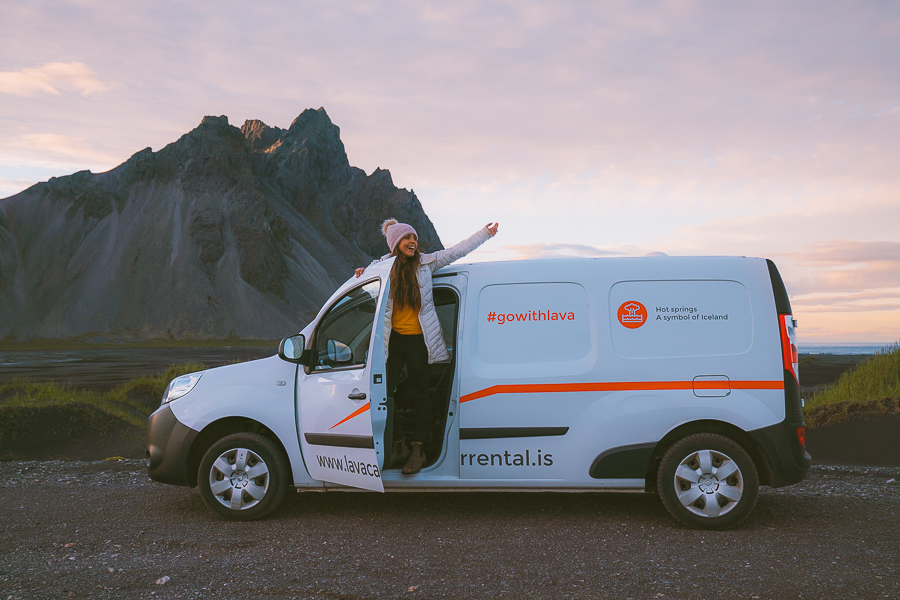
Gas prices are pretty hefty in general, and it’s no different in Iceland. While prices tend to fluctuate, you can expect to pay around $8 for a gallon of gas. This may sound like nothing, but those numbers quickly add up when you fill a campervan’s large fuel tank.
Map out how far you’ll be driving and determine how much gas your campervan will require to cover that distance. You’ll also need to account for the gas used to heat the vehicle.
Be sure to identify all gas stations along the route you’ll be following to determine how often you’ll need to stop and fill up. Your safest bet is to fill up whenever you see a gas station. But, it’s especially important to be on the lookout for areas of the road where you won’t encounter a gas station for many hours so that you can prepare adequately.
Have the Emergency Number in Hand
Some areas of your road trip around Iceland can be extremely rural and far from any gas stations or health centers. So it’s essential that you keep all emergency numbers on your phone — and even written down on paper so that it’s easily accessible.
The last thing you want is to struggle to find an emergency number in the middle of an urgent situation.
At the very least, you should have the following numbers saved or kept on speed dial during your trip:
- The number of your Iceland campervan company
- The national emergency number: 112
- Your personal emergency contact
There is also a super handy emergency app developed in response to the growing number of Iceland visitors. The Iceland Emergency Number App can be a lifesaver if you get stuck in a snowstorm or experience an emergency during a hike.
You’ll have the option to either press the “Emergency” or “Check-in” button. If you press the “Emergency” button, the app will send a text message with your GPS coordinates to a contact center. You may not always have a strong enough signal to make a call, so having the option to send a text message is much more convenient.
The handy “Check-in” button allows you to have your GPS location sent to authorities, and the last five check-ins will be stored. This is ideal if you’re on a hike and fear you may be lost, as this data will give the authorities a better idea of your movements.
Be Careful With Getting a Ticket
The road rules may feel a bit unfamiliar to you, depending on which country you’re coming from. But it’s essential that you familiarize yourself with the rules and follow them.
In Iceland, road users drive on the right side of the road and overtake on the left side. The speed limit ranges around 30-50km/h (19-31 mph) in residential areas and cities and about 80-90 km/h (50-56 mph) on larger gravel and paved roads.
These limits may sound relatively low, but Iceland has very unpredictable weather, which can affect road safety. You’re also required to keep your headlights on at all times of the day, as visibility may not always be excellent.
All passengers are legally obliged to wear a seatbelt at all times, and the allowed blood-alcohol level while driving is 0. Meaning you may not consume any alcohol before driving. This is, once again, because Iceland’s roads can be extra dangerous due to extreme and unexpected weather conditions.
You will be given a hefty fine if you break any of Iceland’s road rules, especially if you exceed the limit. Be extra vigilant on the roads and drive responsibly to protect yourself, your passengers, and other road users.
Download a Map Beforehand
Some rural areas of Iceland might not have the best signal. You can prepare for these situations by downloading your itinerary map to your phone or tablet to use offline. You can do this with Google Maps, but not Apple Maps.
If you’d like to be extra secure, in case all your cellular devices fail you, you can also keep a printed version of Iceland’s map in your Iceland camper rental.
Download a Playlist
This is pretty self-explanatory, but with around 16 hours of driving ahead of you, you’ll be thankful for having downloaded a playlist (or six). Save all your favorite bops to your tablet or phone so you can play music, whether the signal is excellent or non-existent.
Stop and Take Pictures (Safely)
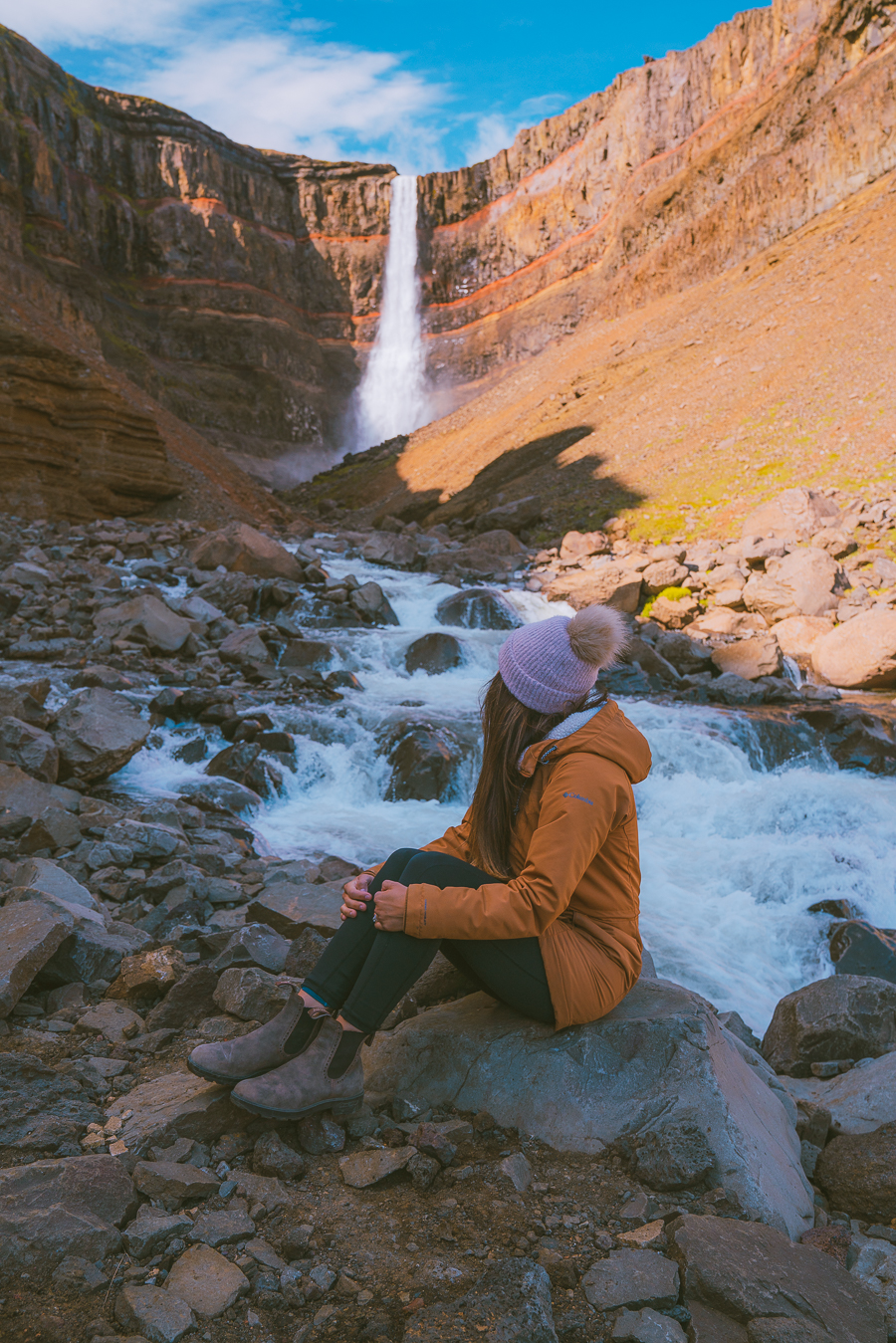
Iceland’s Ring Road not only offers a convenient way to get to some of the country’s top attractions, but it’s also one of the most scenic roads in the world. You’ll come across dramatic mountainscapes, lakes, charming little towns, and beaches along the road and around your camping sites.
But it’s essential to keep in mind that it’s illegal to stop and take pictures on the side of the road. This is to ensure road safety and prevent congestion, as some routes have single-lane roads. If you’d like to capture the roadside beauty, the best places to do this are gas stations and designated parking spaces.
You can also take your best hiking camera gear along and capture the breathtaking landscape from the mountains. This will give you a unique angle for capturing memorable shots.
Cook Meals to Save Money
Eating out can quickly add up to hefty bills while traveling through Iceland. Instead, stock up on some fresh local produce and non-perishables and get creative with your gas stove. Your camper van will have cooking and eating utensils, cutlery, and glassware.
You might not be able to whip up the most adventurous meals with your limited facilities, but you’ll definitely be able to prepare some hearty meals. Look up a few one-pot recipes online, like one-pot pasta, stews, and curries. These can usually be achieved with limited ingredients and in a short amount of time.
With a few solid recipes in mind, you can plan a grocery list and stock up on all the essentials before your Iceland trip. This way, you’ll also avoid wasting food because you won’t be buying items at random.
Good food items to stock up on for your road trip include non-perishables like pasta, rice, oats, quinoa, and canned foods. You’ll have limited cooler space, so try to keep meat purchases to a minimum.
It’s also a good idea to map out where you’ll find grocery stores or food markets to give yourself an idea of how often you should stock up on certain items.
Taking a Shower
Camper vans may be a step above general vans, but they’re not as kitted-out as an RV. Your camper van won’t have a shower in it, so you’ll have to seek those out at campsites. You’ll need a few coins to enjoy a hot shower at these sites, but it won’t break the bank.
Another great way to get in a shower on your road trip is to visit the Iceland swimming pools. You legally have to shower before entering the pools and baths, and you’ll usually find that these facilities are much nicer than at camping areas.
A visit to the pools and baths is a more exciting way to get clean, as you’ll get to unwind in the hot tubs, steam baths, or pools after your shower. They’re also usually open until late and entry fees range from free to $20.
Using the Restroom
As with showers, you’ll find restrooms at most, if not all, camping sites. You can also use the toilets at gas stations, certain shops or shopping centers, restaurants, and at certain baths or pools with extra facilities. You may also have to pay a small fee to make use of these facilities, so keep a few coins in hand.
Final Iceland Camper Van Rental Tips
By now, you’re hopefully filled with all the necessary tips, knowledge, and excitement to plan the perfect vacation with a camper van in Iceland. It may feel overwhelming at first. But, once you’ve identified the perfect Iceland campervan rental companies and decided where to camp, the rest should be smooth sailing.
And, once you’ve got the planning sorted, you can rest assured that you’ll have a stress-free and smooth trip. While enjoying Iceland’s natural surroundings, remember to respect the environment and follow the principles of “leave no trace.”

new on the shop
The Ultimate Camping Trip Planner!
Our camping trip planner helps you stay organized and plan all aspects of your adventure so that you can conquer new territories with ease.
